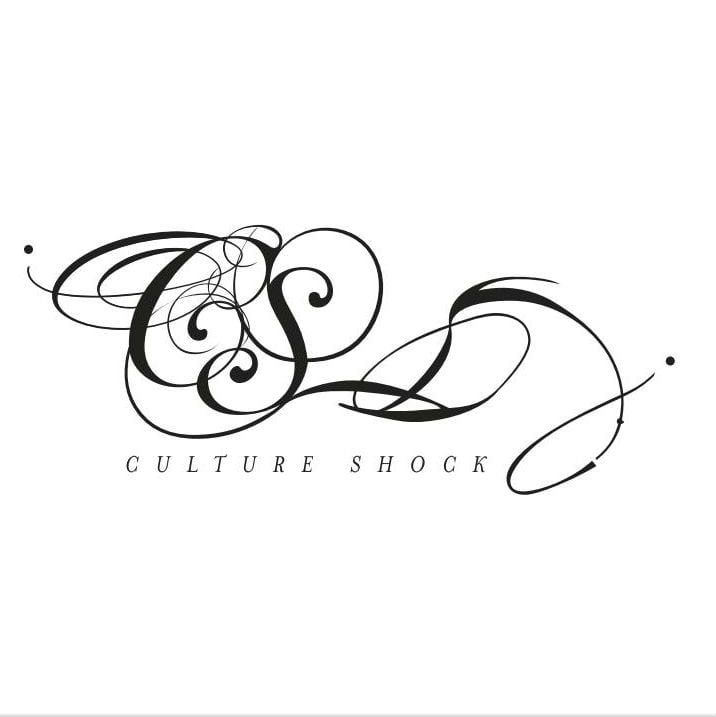 Debra Anderson, Instructor at the New School, Co-Founder at DataCoLab, Founder & CEO at CultureShock offers a brief examination of the current landscape and highlighting the benefit and value of DV for Social Good including: What is Data Visualization (DV)? Which organizations have used it effectively – and to what end? Why it is useful (with data and stats)?
Debra Anderson, Instructor at the New School, Co-Founder at DataCoLab, Founder & CEO at CultureShock offers a brief examination of the current landscape and highlighting the benefit and value of DV for Social Good including: What is Data Visualization (DV)? Which organizations have used it effectively – and to what end? Why it is useful (with data and stats)?
…
Data visualization, simply put, is the study and practice of transforming numerical information into visual form. Humans are great at recognizing visual patterns, much better than they are at seeing anomalies in large sequences of binary numbers. Visualizing data can bring meaningful issues to life and help tell a compelling story. Data visualizations can be powerful, personal communications tools, to engage audiences by inviting people to be interactive and play with the data, to draw their own insights. They can bridge gaps between scientists, researchers, policy makers and the public, breaking down silos that are barriers to social change and transforming community networks locally and globally.
We are at the new frontier of data visualization, just beginning to scratch the surface of what is possible. By making information visible and navigable we can uncover a hidden language of patterns and forms. Data visualizations that are both useful and beautiful will emerge as the best examples of our efforts. We can literally see what the data is telling us and use this insight to inform our decisions. With free, open source data visualization software, the data revolution is now. We need to look at best examples of data visualization for social good. The best cases are often not the most complex.
When data visualizations are created in the form of beautiful infographics, interactive visualizations, moving image, or in real time, we communicate with purpose. Data- driven strategy is the keystone to measuring social impact effectively and efficiently.
Building toward open systems, or data philanthropy, as Robert Kirkpatrick of the UN Global Pulse outlines, and real-time data visualization technologies and tools is where we will innovate, creating sustainable, scalable infrastructures and networks for real impact, real progress, in real-time.
Buckminster Fuller’s prolific life of exploration, discovery, invention and teaching was driven by his intention “to make the world work for 100% of humanity, in the shortest possible time, through spontaneous cooperation without ecological offense or disadvantage of anyone.”
Technology allows us to harness big data, draw insights and make informed decisions for the good of society and humanity. Organizations like Datakind are making great strides to connect nonprofits with data scientists to show emerging best practices and literally see the best way forward. What questions are you asking the data? What metrics are you using to define the data sets, organize, collect and analyze this data? What is the source of the data? What is the value of the data? What data sets are being collected to draw insights across more complex data sets and analysis? How are you then acting on this data?
Here are some examples of great data visualization projects
http://selection.datavisualization.ch/
This Project in partnership with World Bank shows the impact of global development, visualizing relationships between and among countries or the funding across sectors. Together with fellow coders and designers, the project helps governments, development agencies and NGOs better understand and communicate the impact of global development.
Beautiful animation showing digital traces of mobile phones commissioned by City of Geneva
Culture Shock produced real time data visualization animations using Processing code language to measure global environment data and illustrate earth science stories from around the globe for a short film in partnership with United Nations Environment Programme (UNEP), Bella Gaia and The Baum Foundation for World Environment Day. Data sets used were from the UNEP database, and NASA. The partners worked together to show real-time anthropogenic activity spanning decades.
This fascinating data visualization shows Twitter activity in real-time.
Selection of Data Visualization open source software tools
Open source tools are widely available such as Google Fusion Tables,Many Eyes, Google Charts or Timetric
A great resource is available here:
http://selection.datavisualization.ch/
The Guardian is pioneering in the data journalism space, explore their interactive and time-based data visualizations.
http://www.theguardian.com/news/datablog/2011/jul/28/data-journalism
Charity:Water
The organization uses data visualization to show completed projects, measuring the organizations’ progress and social impact:
http://www.charitywater.org/projects/completed-projects/
Donors Choose.
Donors Choose use Impact Stats to communicate project funding:
